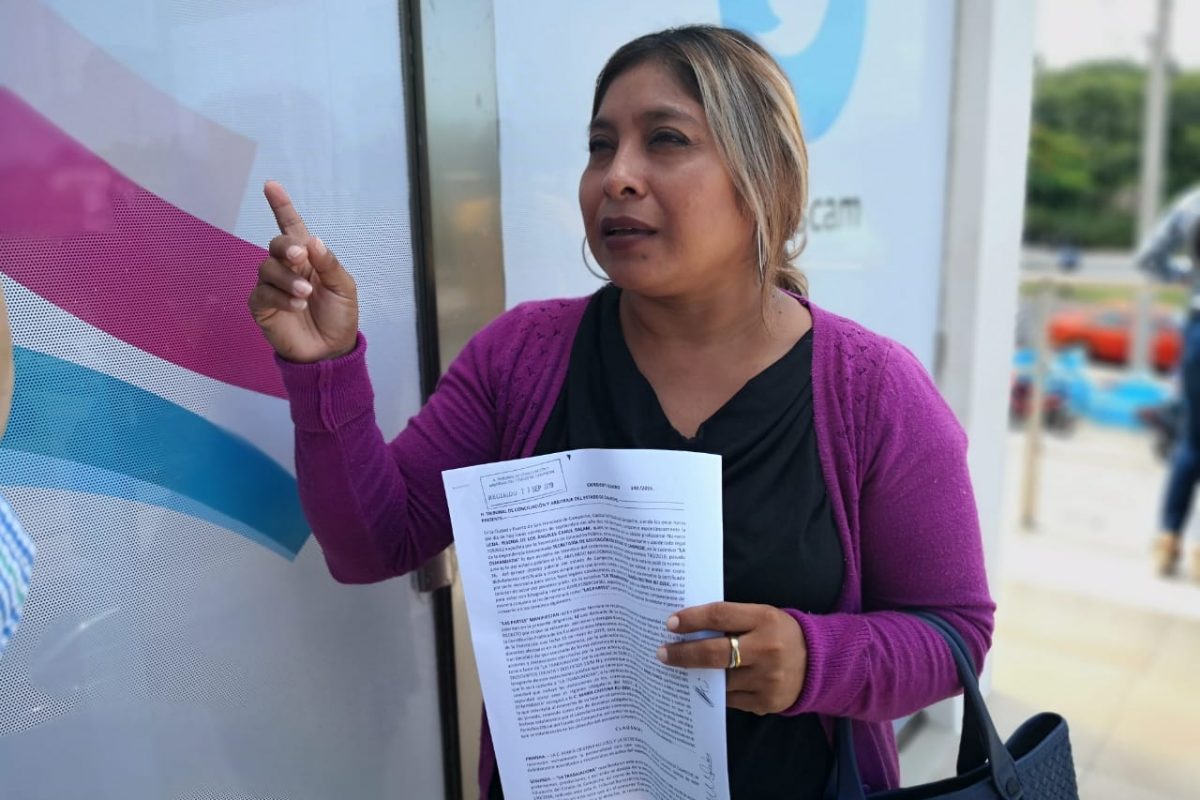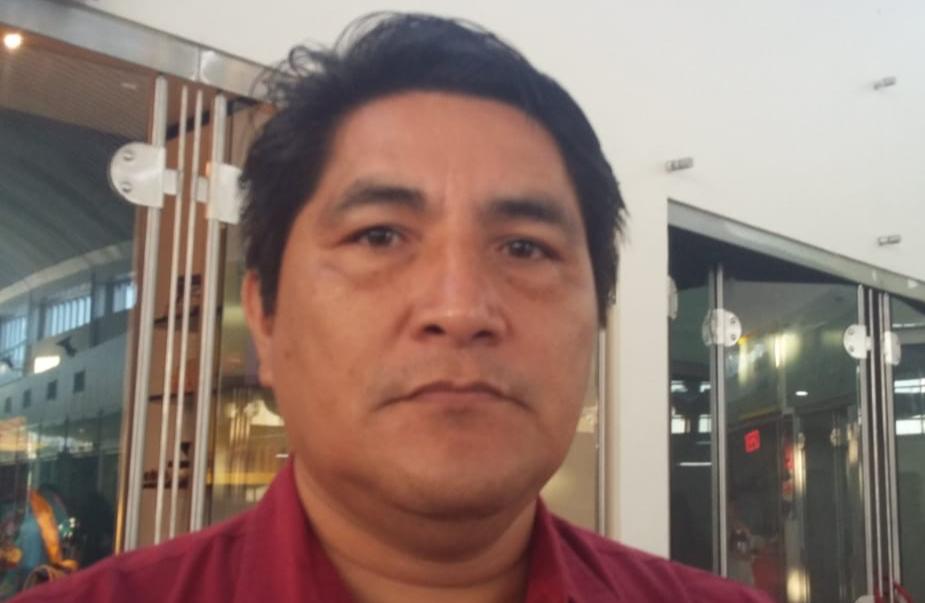1- Un abrazo de dos jóvenes orangutanes en la región central de Kalimantan en Borneo.
CIUDAD DE MEXICO, 21 de noviembre del 2016.- La agrupación ambientalista Greenpeace señaló que la naturaleza nos regala las imágenes más tiernas. Sólo hay que saber observar. En esta nota reunimos las mejores fotos de animales que seguro te sacarán una sonrisa y te harán suspirar. Te desafiamos a elegir solo una…¡Es imposible!
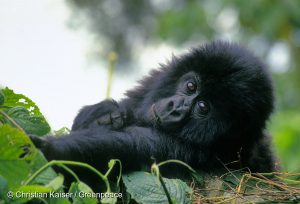
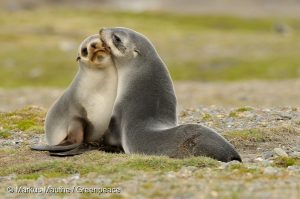
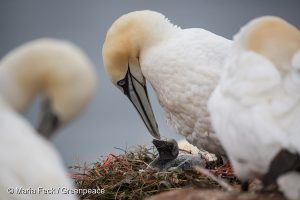
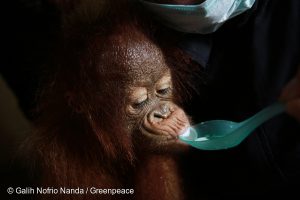
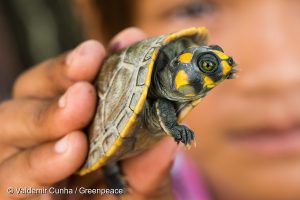
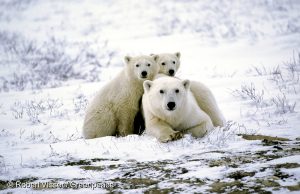
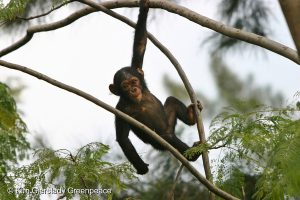
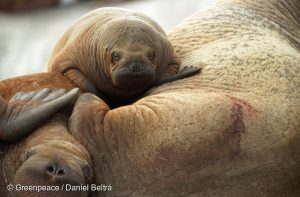
9-Morsa en el hielo en el Mar de Chuckchi.
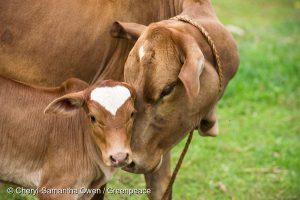
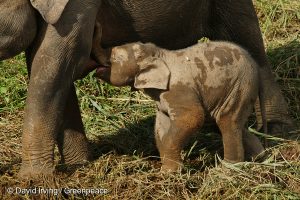
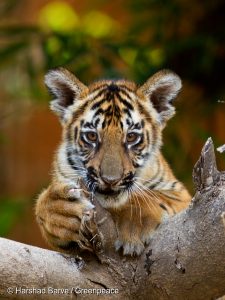
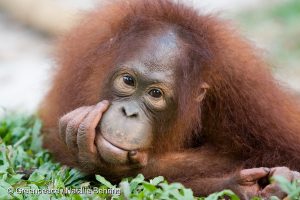
13- Orangután en Borneo.
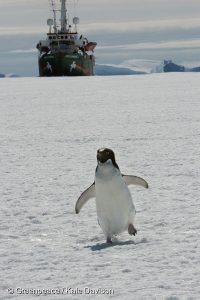
¿Pudiste elegir una sola foto? ¿Con cuál te quedas?
previous
En pobreza, 55.2% de niños mexicanos de entre 2 y 5 años
next
